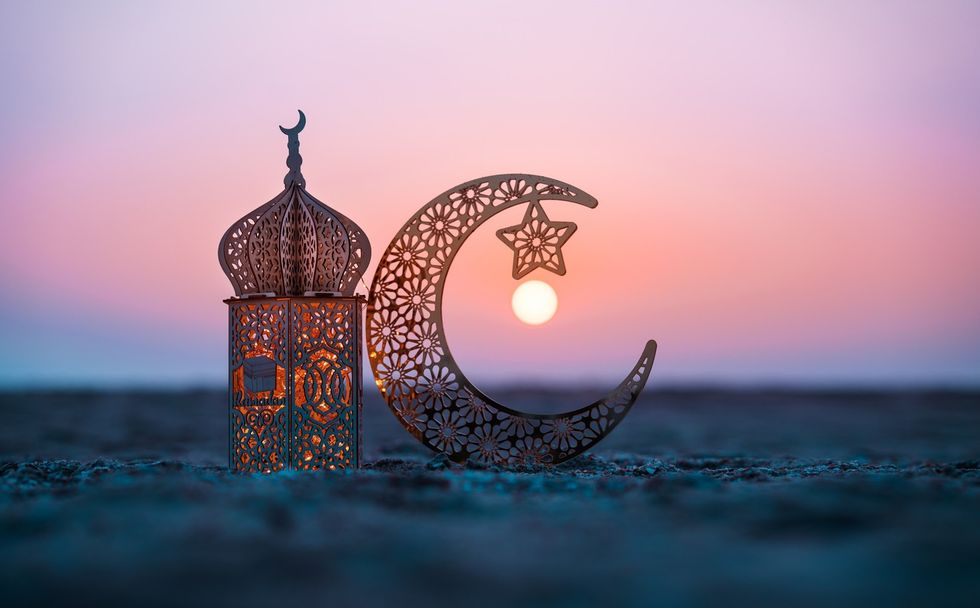EVERY YEAR, about a quarter of the world's population adjusts their clocks for daylight saving time (DST).
While it may seem like a small change, some experience fatigue, irritability, and brain fog in the days that follow. For night owls, the adjustment can take weeks.
Circadian rhythms regulate physiological processes in living organisms, including plants, animals, and even bacteria. This highlights how sensitive biological systems are to environmental changes.
The body's internal clock is controlled by the hypothalamus, a small region in the brain that regulates hormone release, metabolism, and body temperature. Disruptions to circadian rhythms can affect these processes.
Most people take three to seven days to adjust to DST, but night owls may need two to three weeks to realign their sleep-wake cycles.
Diet may also play a role in how the body adapts to time changes. Research suggests that people consuming high-fat diets experience prolonged circadian misalignment.
A 2008 study on rodents found that those on high-fat diets adapted 20 per cent more slowly to a six-hour light shift than those on low-fat diets. The exact reason for this link between diet and circadian rhythms is not fully understood.
Light exposure is another key factor in adjusting to time changes. One hypothesis suggests that high-fat diets may reduce the body's sensitivity to light.
Researchers have explored whether late evening eating, which is linked to weight gain, affects this connection. However, a 2024 study found no significant differences in meal timing between diet groups, suggesting that the type of food, rather than when it is eaten, is the determining factor.
Exposure to natural light helps the body adapt to time shifts. The more morning sunlight a person receives, the faster their circadian rhythm adjusts.
Research indicates that adapting to the spring transition is more difficult than adjusting in autumn.
Sleep studies have found that after the spring clock change, people experience 10 to 30 minutes of increased wakefulness, 5 to 20 per cent more sleep fragmentation, and a decline in sleep quality.
A 2020 study examined the relationship between daylight exposure and cognitive function.
Thirty participants worked in two identical office environments—one equipped with smart glass that optimised daylight and another with traditional blinds.
Participants in the daylight-optimised setting slept 37 minutes longer and performed 42 per cent better on decision-making tasks.
The human circadian rhythm runs slightly longer than 24 hours, typically between 24.2 and 24.5 hours. This makes the autumn transition easier to adjust to compared to spring, since the body naturally tends to drift forward.
Delaying sleep aligns with this natural tendency, whereas advancing sleep can disrupt melatonin release, which regulates energy levels and sleep patterns.
A 2007 German study monitored 50 healthy adults over four weeks before and after each transition. It found that adjusting in spring took five to seven days longer than in autumn.
Core body temperature also plays a role in sleep regulation. A 2008 Finnish study on nine adults found that, after the spring transition, the body's gradual temperature increase was delayed by 30 to 60 minutes.
Sleep quality declined by 5 to 15 per cent, and nighttime movement increased by 10 to 25 per cent, indicating misalignment in circadian rhythms. Although total time in bed increased, sleep remained fragmented and of lower quality.
Research suggests that the spring clock change may slightly increase risks for individuals with serious health conditions. DST transitions have been linked to changes in mortality rates, particularly in the first eight weeks after the shift.
A 2024 study analysing 14 million deaths in the US from 2015 to 2019 found a slight increase in overall deaths following the spring transition but a decline after the autumn transition.
The study also reported a 5 per cent rise in dementia-related mortality, peaking in the fifth week after the spring transition. A small increase in cancer-related mortality was also observed in the first week after DST begins.
Studies indicate that drivers should be cautious after the clocks move forward.
A 2023 study on DST and driving fatigue found that after the spring transition, drivers showed increased signs of fatigue.
Their vehicles swayed within lanes about 13 per cent more frequently, and their eyelids closed slightly more often. The impairment persisted for up to a month.
In contrast, a follow-up trial after the autumn return to standard time found that drivers reported feeling less sleepy.
These findings suggest that the effects of the spring clock change can last for weeks, highlighting the body's sensitivity to time shifts.
(With inputs from PTI)


























 A serene beachfront escape offering private Suhoor under the stars and a regal Ramadan retreat.Kempinski Hotel
A serene beachfront escape offering private Suhoor under the stars and a regal Ramadan retreat.Kempinski Hotel Celebrate Ramadan in a former Ottoman palace, blending rich history with five-star indulgence along the Bosphorus Four Seasons Istanbul
Celebrate Ramadan in a former Ottoman palace, blending rich history with five-star indulgence along the Bosphorus Four Seasons Istanbul  Enjoy an elegant Ramadan dining experience by the marina, with live Arabic music and breath-taking sea viewsInterContinental Abu Dhabi
Enjoy an elegant Ramadan dining experience by the marina, with live Arabic music and breath-taking sea viewsInterContinental Abu Dhabi The world’s most exclusive Ramadan stay awaits in the Royal Penthouse Suite, featuring bulletproof windows and panoramic Lake Geneva viewsHotel President Wilson, Geneva
The world’s most exclusive Ramadan stay awaits in the Royal Penthouse Suite, featuring bulletproof windows and panoramic Lake Geneva viewsHotel President Wilson, Geneva Luxury Meets Tradition: Experience Ramadan in the World’s Most Opulent HotelsiStock
Luxury Meets Tradition: Experience Ramadan in the World’s Most Opulent HotelsiStock